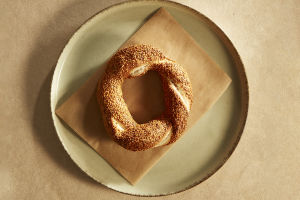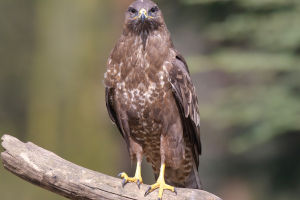The cow has a well-defined head and a thin, wrinkled neck. The skin is thin, the capillaries are short, the subcutaneous fat is less, the body structure is well-proportioned, meticulous and firm, and the edges and corners are distinct.
Adult bulls are 143--147 cm tall and weigh 900-1200 kg, while dairy cows are 130--135 cm tall and weigh 650--750 kg.
There are nearly 100 kinds of dairy cows in the world, the most famous of which are black and white cattle, Jersey cattle, Gengsai cattle, Aierxia cattle and so on. Today, let's introduce the Dutch cow.
Black and white cows.
Origin: Native to the Netherlands, also known as Dutch cattle.
The Netherlands has a unique natural environment. One-third of the country's land is below sea level, and there are large plains pastures. The sunshine is mild, the water source is clear, and the air is moist and oxygen-rich, making the pasture exceptionally fertile.
It has formed a natural and excellent grazing cow pasture, and also created the legendary hometown of cows.
Its coat is black and white. Cattle have strong terroir domestication ability and have been introduced and raised all over the world.
After a long period of terroir domestication and systematic breeding or crossbreeding with local cattle, it has been cultivated to adapt to local environmental conditions and has various characteristics of black and white cows.
Black and white cattle are the largest, most widely distributed and the highest milk-producing dairy breed. The milk production of Dutch cows is the highest among dairy cows. The average milk production is 4500--6000 liters/year, and the milk fat rate is 3.6--3.7%.
Black and white cows are characterized by their tall size, high milk production, gentle temperament and ease of management. But it is not heat-resistant and has weak disease resistance.
Cows are more resistant to cold and are afraid of high temperatures. Due to the high temperature, not only the milk production and reproduction rate are significantly reduced, but also the resistance is weakened and the morbidity rate is increased.
Therefore, the feeding and management of high-temperature dairy cows in summer should be based on heatstroke prevention and cooling.
What measures are generally taken?
1. Adjust the temperature of the breeding environment.
Always keep vents or doors and windows open to promote air circulation and reduce the temperature of the barn. If conditions permit, electric fans can be installed in the cowshed.
2. Provide enough drinking water.
0.5% salt can be added to the drinking water to promote the digestion of dairy cows and ensure the normal metabolism of water in dairy cows.
3. Adjust the feed.
Feeding more green feeds such as high-quality grass, vegetables, and melons, grazing at night, feeding at night, etc. is also a good way to prevent heat stroke.
The main function of dairy cows is to produce milk. Dutch cattle have now spread all over the world, and have also had a great impact on the development of the dairy industry in various countries around the world.


